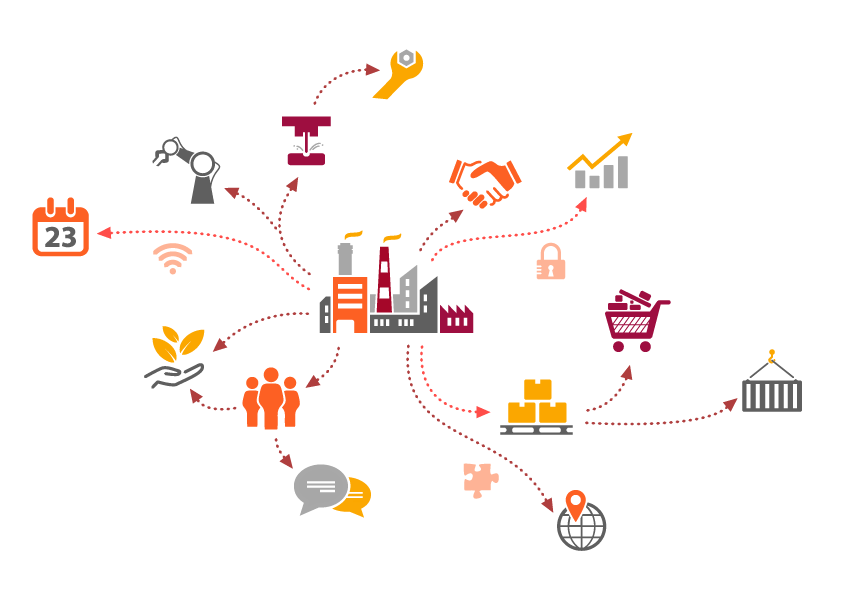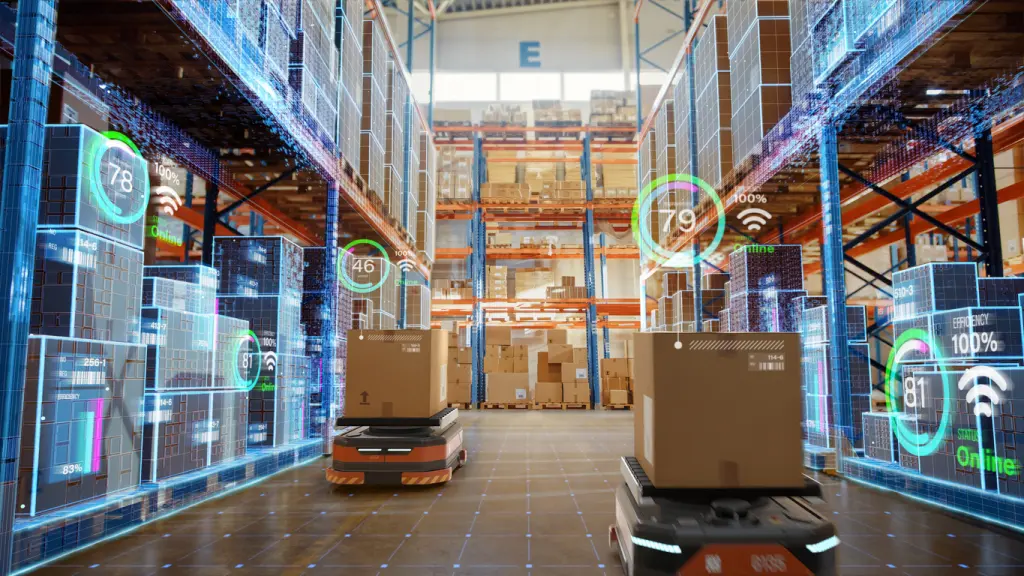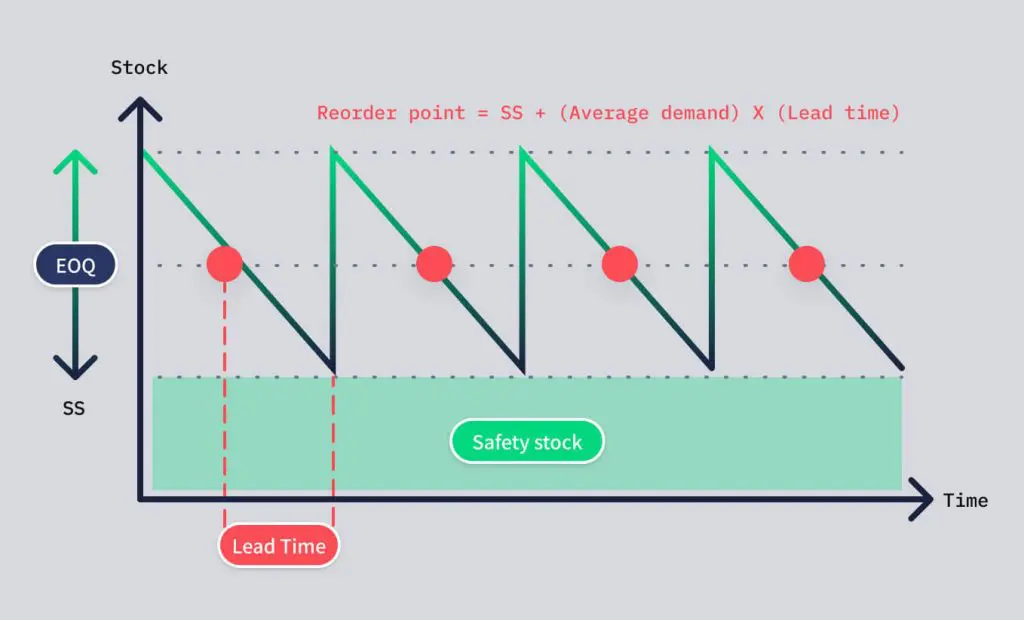In today’s dynamic landscape of international trade, global tariff changes are sending shockwaves through supply chains and in many sectors, businesses are grinding to a halt to “wait and see.” For businesses that rely on international trade, especially small to mid-sized companies, these shifts can be both sudden and financially disruptive. With the latest round of US tariff adjustments impacting everything from raw materials to finished goods, companies are finding themselves in urgent need of smarter, more strategic planning tools.
This is where we come in. Intuendi is a cutting-edge AI-powered demand planning platform. Intuendi supports businesses in staying ahead of changing cost structures, making data-informed pricing decisions, and preserving profit margins—all while maintaining customer trust and satisfaction.
Overview of the Recent Surge in Tariff Changes
In recent months, the U.S. and several international partners have imposed or threatened new tariffs in sectors ranging from technology to agriculture. Whether you’re an importer bracing for higher inbound costs or an exporter struggling with diminished competitiveness, the financial effects can be immediate and severe.
These changes are not abstract—tariffs can increase the landed cost of goods significantly, forcing businesses to either absorb losses or pass the increase onto their customers. Either option can severely impact market positioning and revenue projections.
Why Businesses Need to Rethink Their Demand Planning Strategies
Most companies respond to tariff hikes with price increases, but without a clear understanding of how price changes affect demand this approach is often more harmful than helpful. A poorly calibrated price hike can result in lost customers, decreased market share, and weakened customer loyalty.
Businesses now need advanced forecasting capabilities that can simulate “what-if” scenarios around cost increases and consumer behavior. This is where demand planning becomes a strategic function—one that requires more than spreadsheets and guesswork.
Understanding the Tariff Landscape
Who’s Affected Most: SMBs vs. Multinational Corporations
While multinational corporations often have diversified supply chains and localized manufacturing capabilities, SMBs face limited options. For them, shifting production or switching suppliers is rarely fast or affordable. These businesses are often hit the hardest by tariff changes, as their ability to adapt is constrained by size and budget.
The Domino Effect: From Tariff to Consumer Price
Tariffs ripple through the supply chain, inflating the cost of goods sold. Businesses must decide how much of this cost to absorb and how much to pass on to the end customer. This pricing decision affects more than margins, it also affects demand and customer loyalty.
The Challenges Tariffs Bring to Businesses
Increased Costs and Eroding Margins
The most direct impact of tariffs is financial. Margins shrink as the cost of importing materials or goods climbs, and without a strategic response, businesses can quickly find themselves underwater.
Loss of Competitive Advantage for US Importers
Companies that rely on aggressive pricing to compete in crowded markets are especially vulnerable. If competitors are domestic or have more agile supply chains, they can undercut prices and gain market share.
Reduced Demand for Foreign Exporters into the US
International companies exporting to the US face the dual challenge of increased costs and decreased price competitiveness. This can lead to reduced sales volumes and strained customer relationships.
The Limited Options for Companies Tied to Global Supply Chains
Not every business can pivot quickly. Companies with deeply integrated supply chains often can’t relocate production or sourcing, leaving them with few alternatives but to optimize what they already control—pricing, inventory, and demand planning.
Why Price Increases Aren’t Always the Best Solution
The Pitfalls of Passing Costs to Consumers
Calling a long-term customer and saying, “Hey John, I know you’ve been a loyal customer to us for years, but your favorite product is now 34% more expensive,” is a worst-case scenario. While increasing prices might seem like the simplest solution, it often leads to reduced demand, backlash, and loss of customer trust.
Competitive Risks of Reactive Pricing
Reacting too quickly to external pressure can leave businesses vulnerable to more agile competitors who find smarter ways to absorb or offset new costs. A price war or customer churn can be far more damaging than the tariffs themselves.
How Agile Competitors Can Take Market Share
Companies that use intelligence—strategic and artificial—can optimize operations instead of raising prices. By reducing inefficiencies, they can preserve margins and even capture customers from less adaptive rivals.
Smart Demand Planning: The Strategic Alternative
Why Operational Efficiency Matters More Than Ever
Now isn’t just the time to look at pricing—it’s time to look inward. Businesses should examine their entire demand planning process and seek ways to reduce waste, improve stock turnover, and optimize purchasing.
Reducing Overstock and Improving Replenishment Cycles
With Intuendi, businesses can streamline replenishment based on AI-driven forecasts. This minimizes capital tied up in excess inventory while ensuring the most critical SKUs are always in stock.
Enhancing Cash Flow and Minimizing Stockouts
Better demand planning leads to healthier cash flow, which is essential in times of financial pressure. Intuendi helps businesses align inventory levels with real demand, reducing unnecessary costs and avoiding stockouts that could disappoint customers.
Turning Tariff Turmoil into Opportunity
Tariffs, while undeniably disruptive, can also serve as a catalyst for meaningful transformation. Businesses that seize this moment to optimize operations and strengthen their forecasting capabilities are more likely to emerge resilient and competitive. Rather than simply outspending the problem, now is the time to outsmart it—leveraging intelligent demand planning to achieve better results than reactive price hikes ever could. With the right tools in place, companies can align rising costs with customer expectations in a way that safeguards both revenue and long-term relationships.
The global tariff environment is uncertain, but your business response doesn’t have to be. With Intuendi’s AI-powered demand planning tools, companies can not only survive this wave of trade volatility, they can thrive in it.






